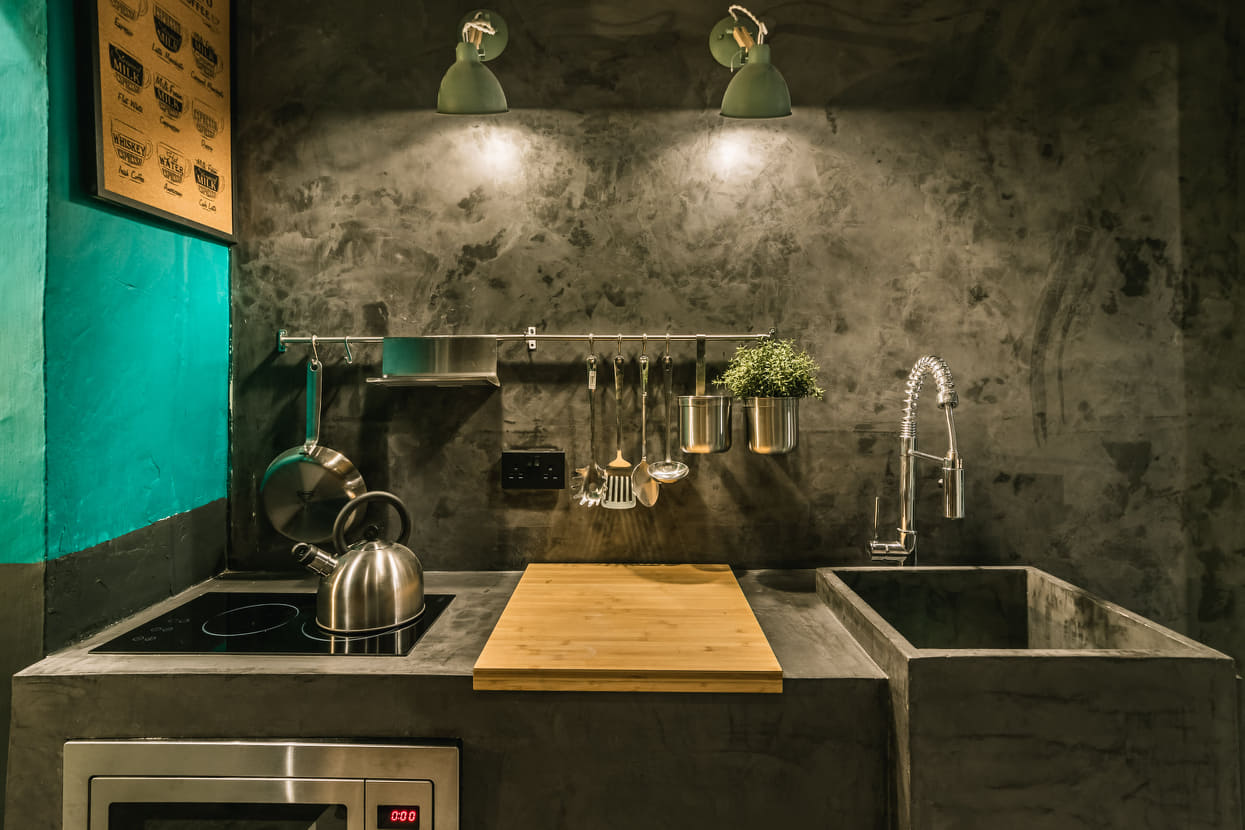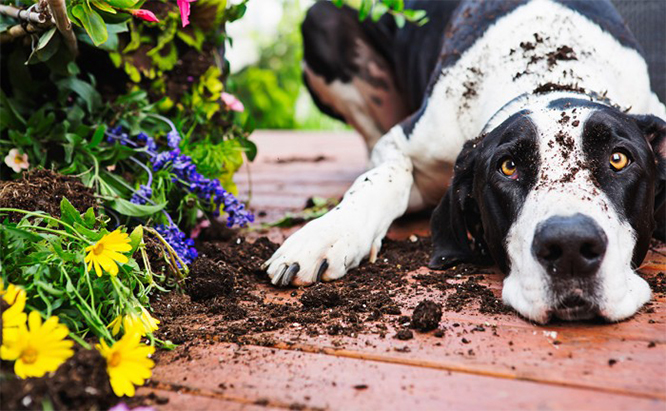Based on your reactions to our previous articles, we can guess that many of our readers love both pets and plants; unfortunately, sometimes the two don’t go very well together. One of the key challenges pet and plant lovers face is selecting plants that a) your pet won’t dismantle and b) won’t send your pet to the vet if they’re touched.
In the words of Robert Jackson Bennet: ‘Life is full of beautiful dangers, dangerous beauties.’
Nothing can be truer when it comes to gorgeous houseplants that turn out to be poisonous to our furry friends.
A really great way to spruce up your home (especially the gloomy Winter months) is to fill your house with an array of beautiful flowers. But do you know that a lot of common houseplants are actually hazardous to cats and dogs alike? Some may cause itching or swelling, not nice thing for your pet to deal with but it’s nothing a trip to the vet won’t fix. Others, however, have more serious side-effects.
This week House.mt will be educating you on the various houseplants that can be dangerous for your bundle of fluffy joy to be around. If you have one or a few of the plants listed below in your home, we recommend you place it in a place your pet cannot reach or remove it (plants make great gifts!)
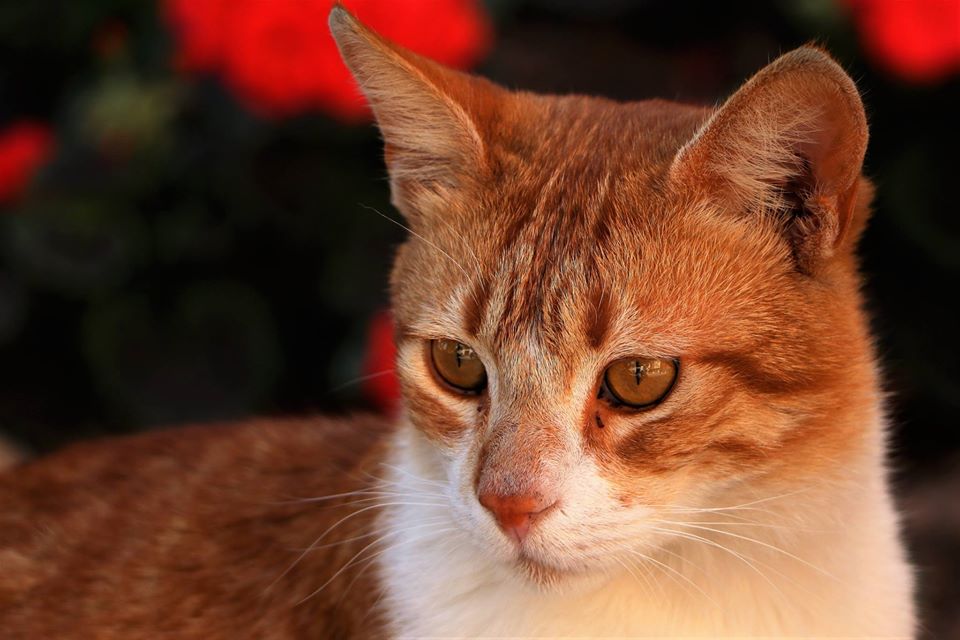
Which Part of the Plant is Toxic?
If a plant is said to be toxic to an animal, assume that all are parts are poisonous. Though, there may be parts of the plant which have a higher concentration of toxicity that others. Still, we don’t want to risk anything.
Signs to Look Out For
Some plants only cause mild irritations, so you should look out for itching or swelling.
But when the gastrointestinal tract, like the stomach and intestines, become irritated, vomiting and diarrhea are likely.
Plants you should keep your pets away from
1. Aloe Vera
Although considered a medicinal plant for humans, it has quite the opposite effect on animals. Aloe’s saponins (a chemical known for cleansing properties) causes vomiting and nausea if ingested, as well as tremors, anorexia and a change in urine colour. Not exactly what you want from a house plant.
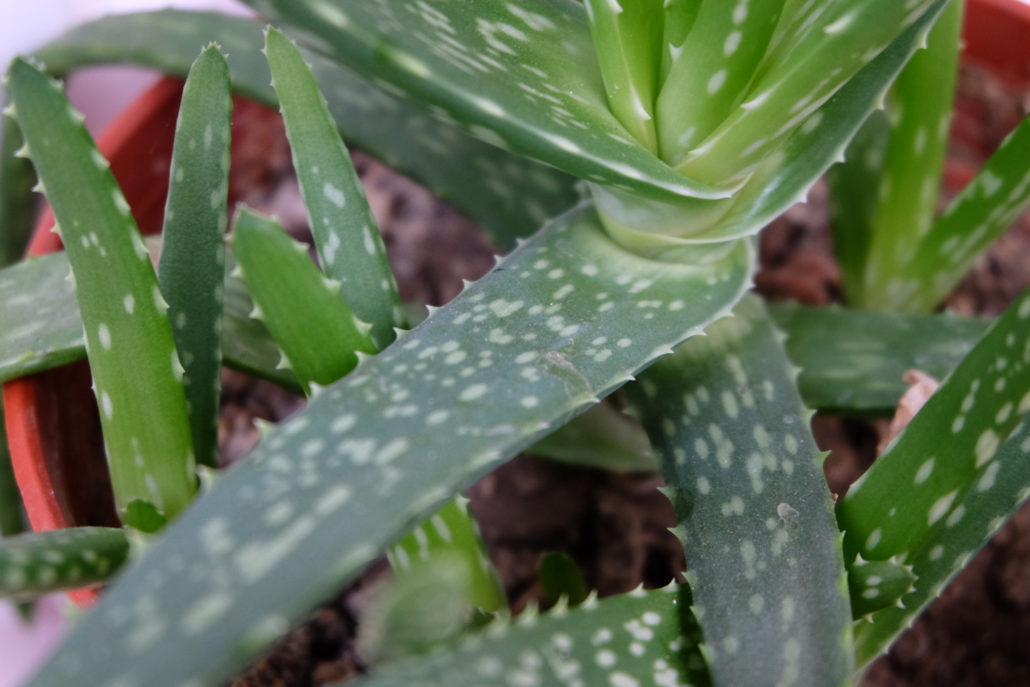
2. Peace Lily
This plant is very common around Easter time. It’s low-maintenance needs ticks all the boxes with many people. However, if consumed, it can be very dangerous both both humans, dogs, and cats (in fact, all members of the lily family are toxic to cats).
Lilies are nephrotoxic, which means they affect the kidneys. Signs of lily toxicity can occur within two hours of ingestion, and start with gastrointestinal signs such as vomiting, loss of appetite and drooling.
Even cleaning pollen out of their fur can be extremely dangerous and life-threatening. So it’s best to not have them around at all if you’ve got, or are thinking about getting pets.
3. Poinsettia
This plant has a lot of positive associations with Christmas, but the effects it has on our pets aren’t so jolly. Unlike a lot of the other entries on the list, the Poinsettia plant has a reputation for being a dangerous plant for cats and dogs.
It causes vomiting and nausea. When exposed to the plant’s sap, the skin can become red and irritated. Be sure to prepare a safe location when the holidays roll around to enjoy the poinsettia’s beauty without risking your family’s or pet’s health.
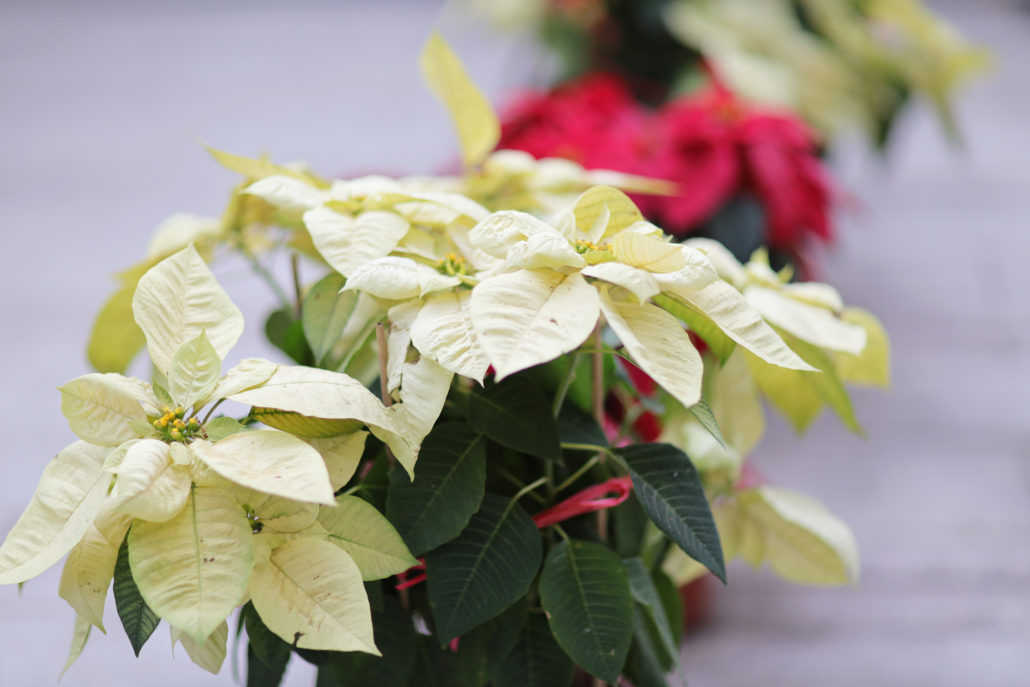
4. Devil’s Ivy
This is another common houseplant, also known as Pollos. Some of its attractive qualities are that Devil’s Ivy is extremely easy to care for and doesn’t need to be tended to all that much. It’s a tempting addition to your home, particularly when you’re trying to spruce your house up quickly and on a budget.
That being said, it can be quite a dangerous thing to have around if you’ve got young curious children and animals. Although it’s perfectly safe to touch, once ingested it can cause vomiting and swelling.
5. Philodendrons
Philodendrons cause mild to moderate irritation in cats and dogs, including:
- Oral irritation
- Pain and swelling of mouth, tongue and lips
- Excessive drooling
- Vomiting
- Difficulty swallowing
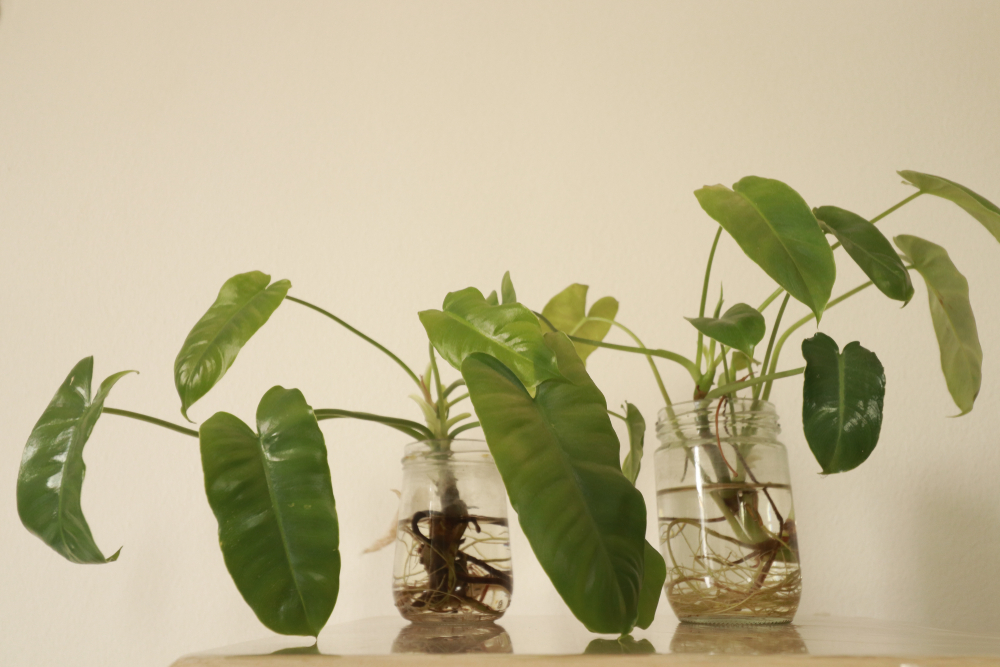
6. Birds of Paradise
One of the most beautiful plants around, it’s a huge shame that this flower affects the furry ones so horribly.
The flower seeds contain toxic tannins and the leaves can contain hydrocyanic acid. Signs of poisoning will include labored breathing, eye discharge and digestive discomfort. Although the plant is considered to be relatively mild in toxicity, House recommends that you still call your vet immediately if you suspect your pet has ingested it.
7. Cyclamen
Cyclamen is a dark leafed plant with petals ranging from red to white (sometimes purple). Its immensely beautiful flowers are why this plant is so coveted.
Unfortunately, they cause vomiting and diarrhea when consumed. There have also been many reports of pet fatalities after ingesting Cyclamen.

8. Begonia
If your pet ingests any kind of Begonia plant (and there are over 1000 species), it’s imperative that you call your vet right away! After consuming, your pet will likely experience a burning sensation in their mouth, and vomiting may occur.
Although these plants may not look dangerous, don’t be fooled. Their sap and juices contain microscopic poisonous, needle-shaped crystals. The plant is considered to be mildly toxic, but its roots are especially dangerous.
9. Azalea
Azaleas are a species of Rhododendron, which are toxic to pets. They’re usually used as border plants, especially in Japanese gardens. If you have pets, however, remove them immediately! Even ingesting a few leaves can lead dogs in digestive distress, paralyses, drooling and loss of apatite. In severe cases, it could also lead your pet to fall into a coma or death. These plants are no joke, that’s for sure!

10. Oleander
Oleanders are beautiful, but deadly to pets. This is definitely a plant to avoid completely.
Oleander is so poisonous that even the water in the vase has been reported to cause toxicosis. Signs of poisoning include vomiting and diarrhea, tremors and seizures, and abnormal heart-rate.
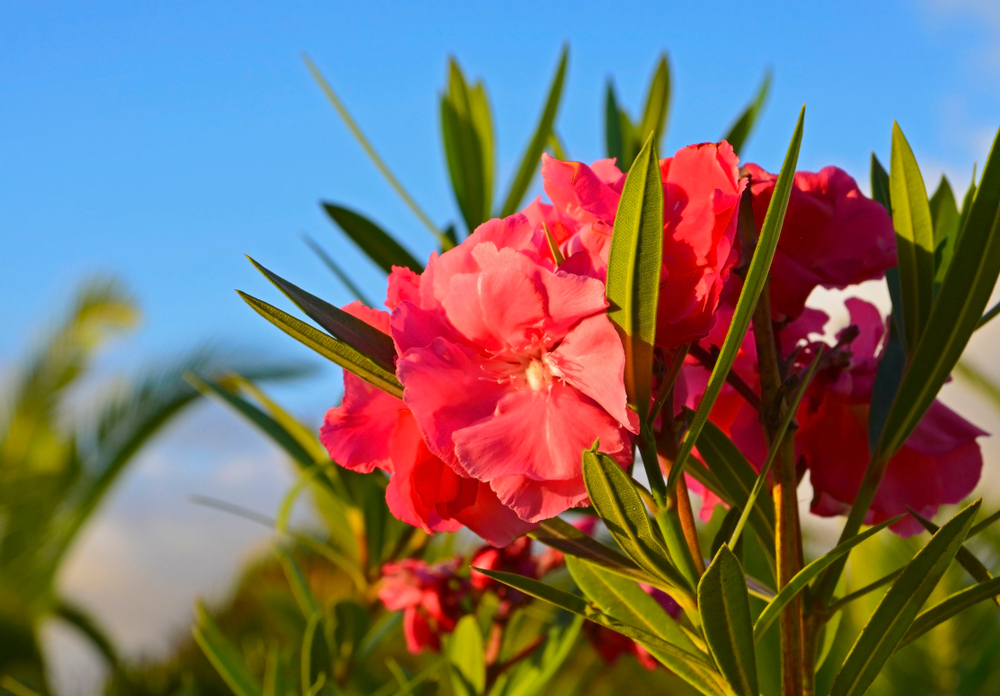
Other poisonous plants not mentioned in detail:
- Foxglove
- Chrysanthemum
- Hostas
- Ivy (all types)
- Kalanchoe
- Sago Palm
- Yew
- Hemlock
- Mistletoe
- Rhubarb
- Tulips
- Wisteria
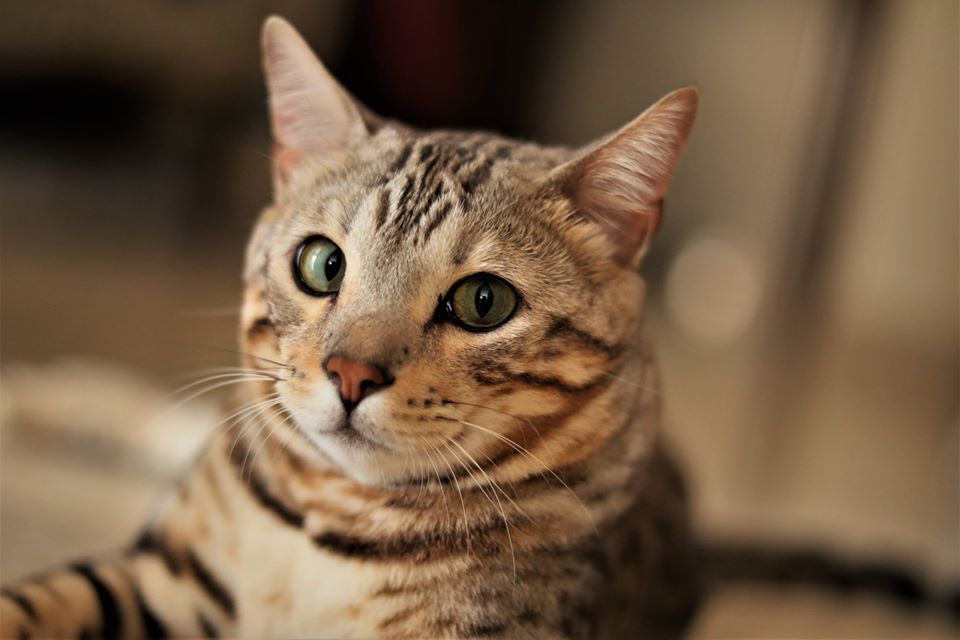
So there you have it! 10 plants you should definitely avoid if you have pets around. We’ll be following this article up with a one where we talk about pet-friendly flowers! Not every plant out there was designed to kill. And you won’t have to go sacrificing the beauty and serene energy plants give off because of your pet. Was this information new to you? Please leave a comment below and let us know!
Disclaimer: The content of this page is not veterinary advice. A number of factors (amount of substance ingested, size of the animal, allergies, etc.) determine what is toxic to a particular pet. If you think your pet has eaten something potentially toxic, call a licensed veterinarian.

